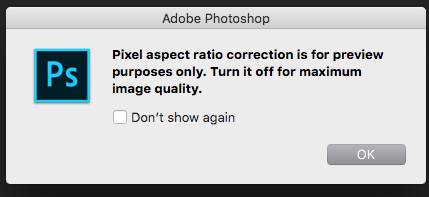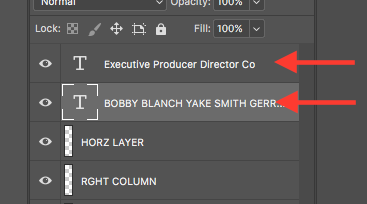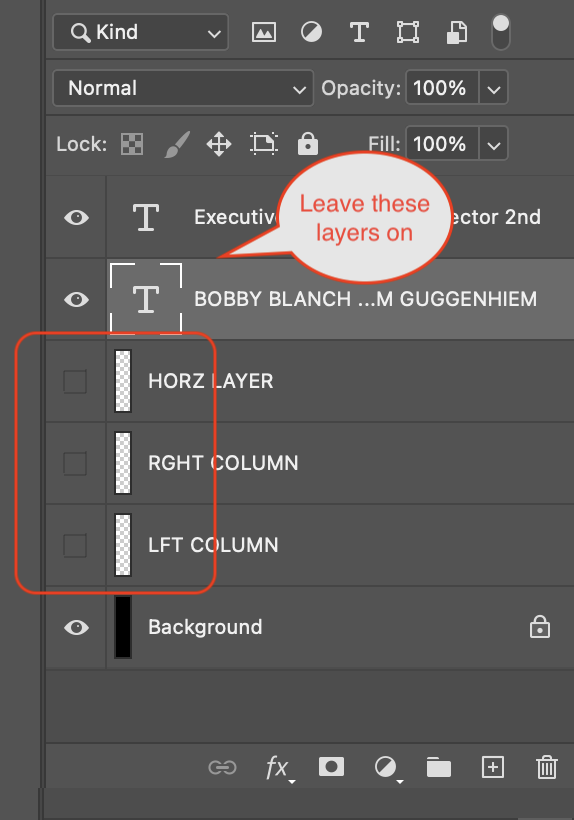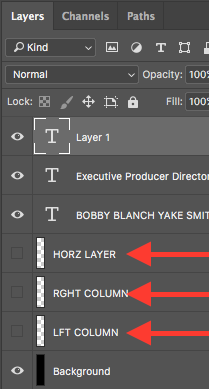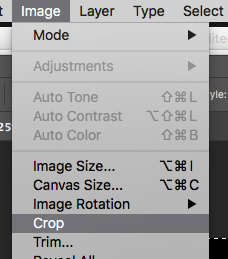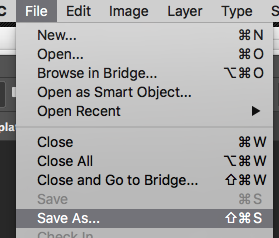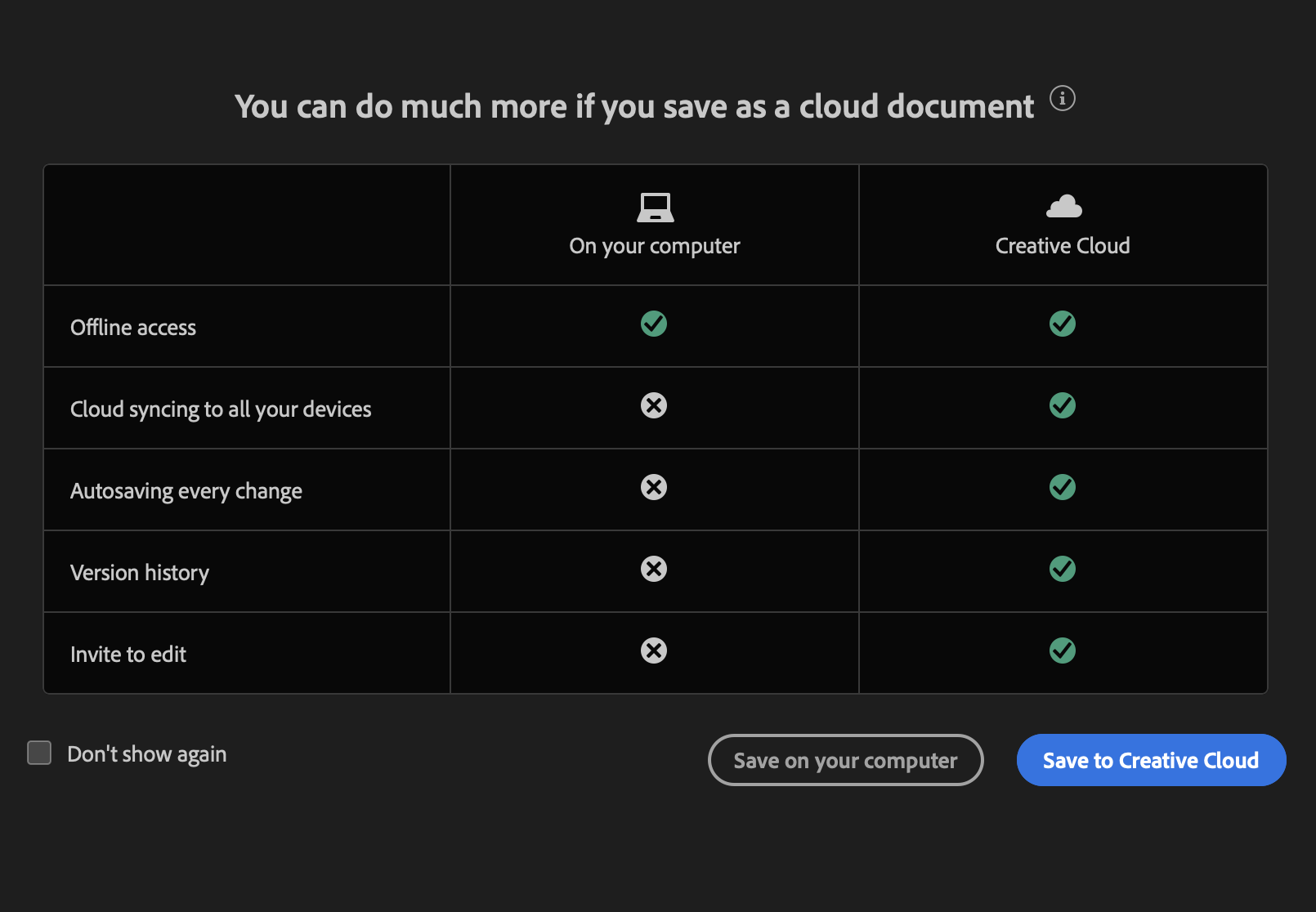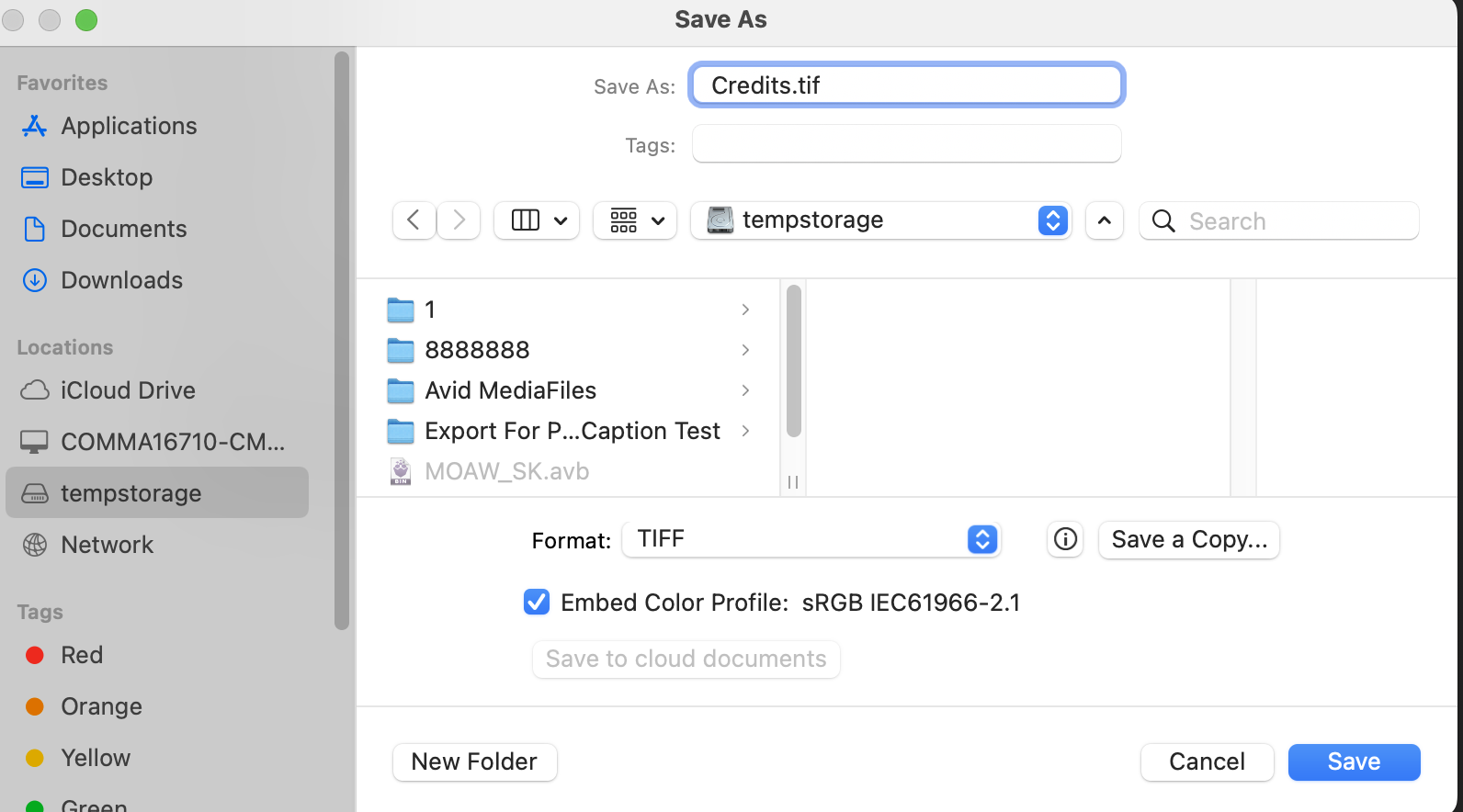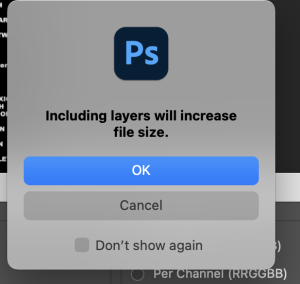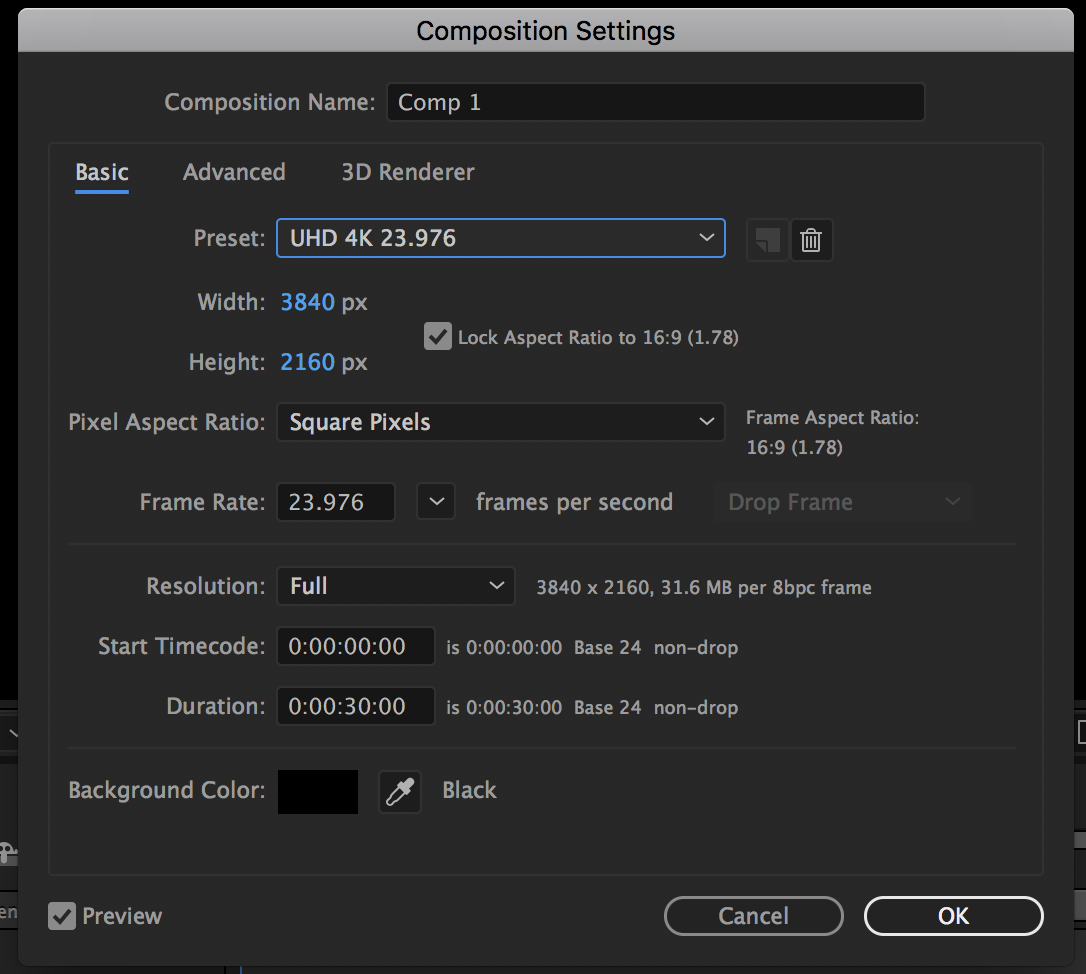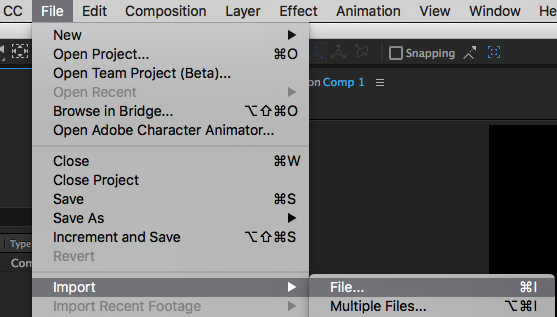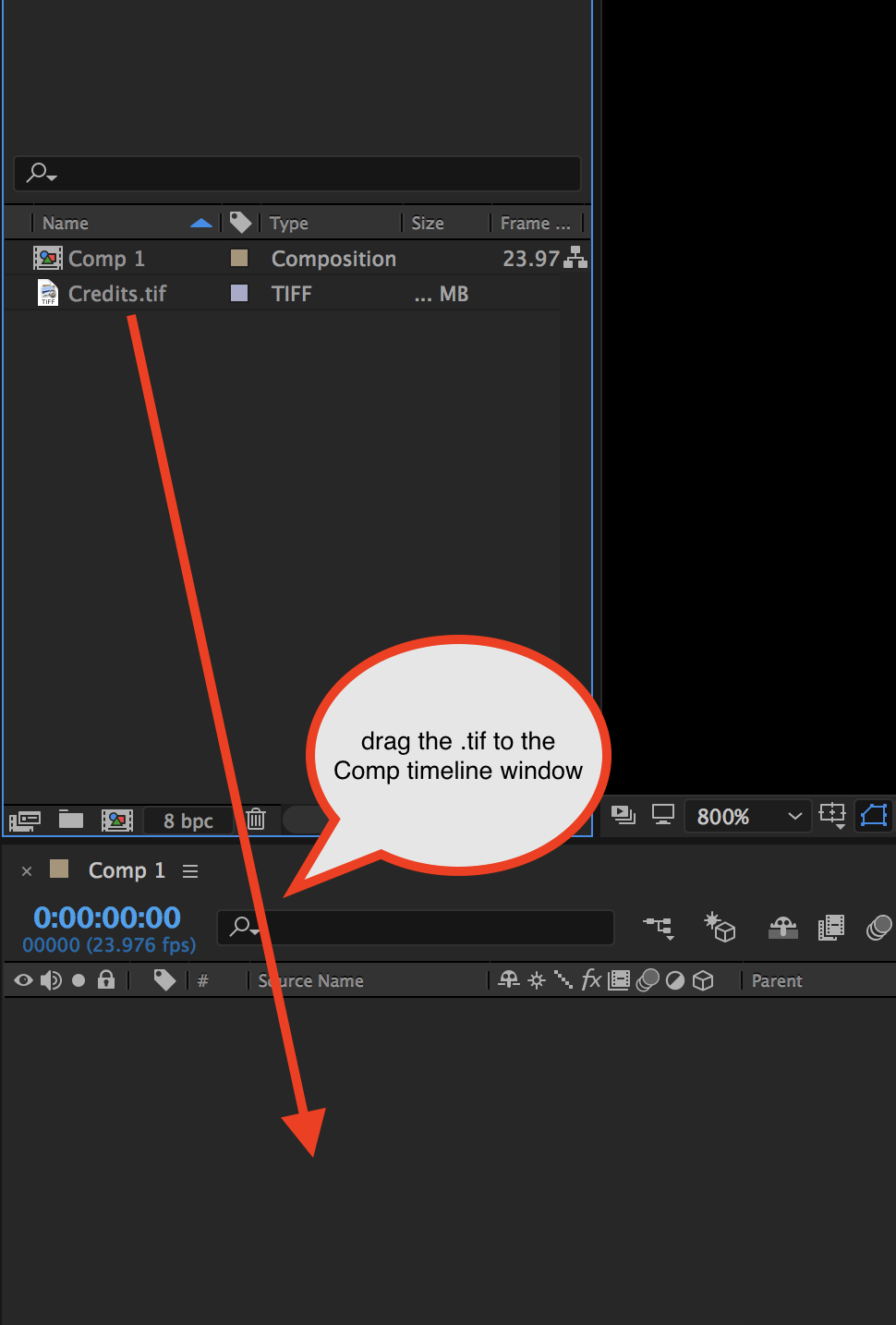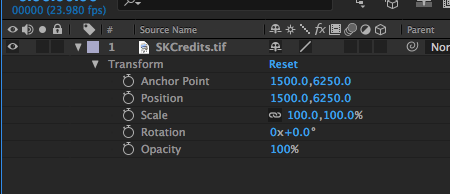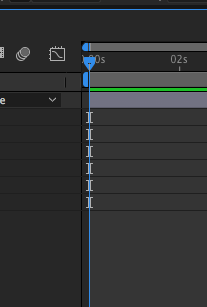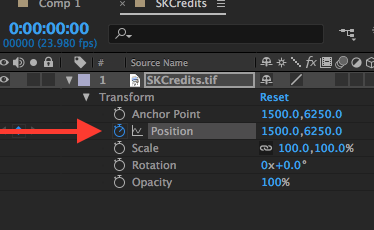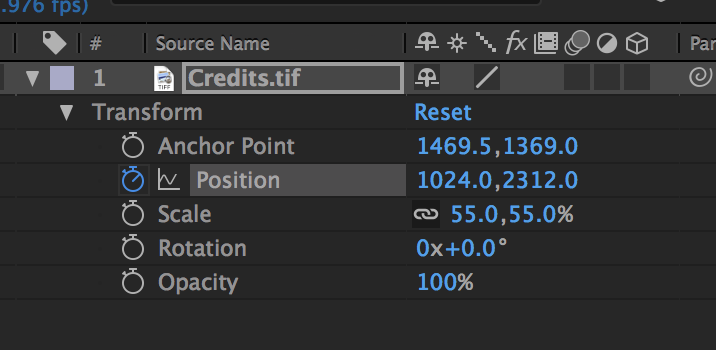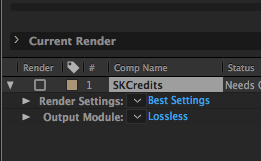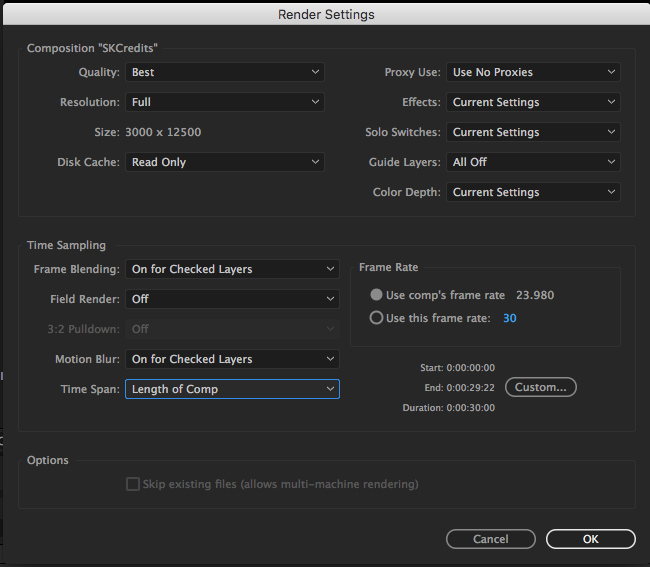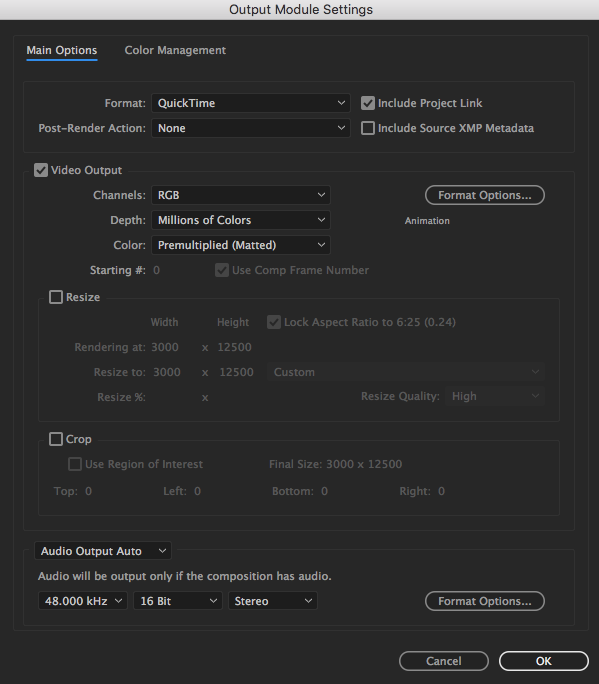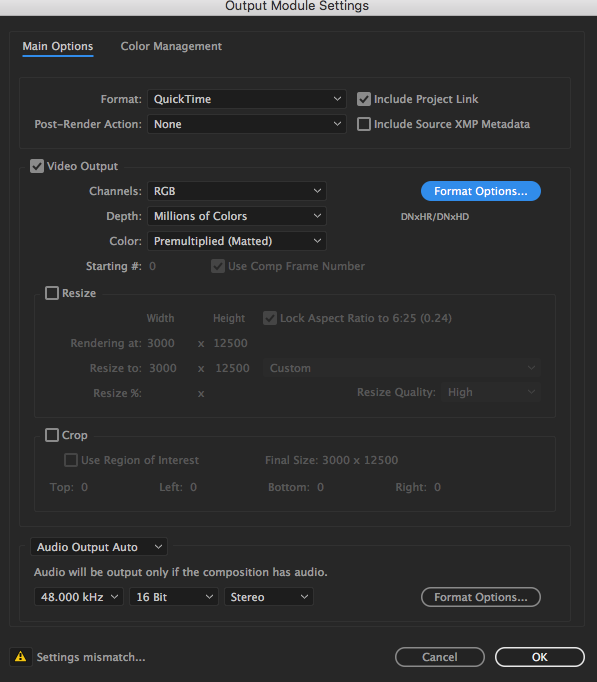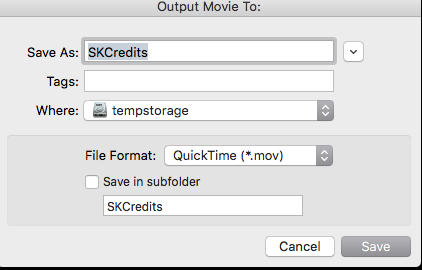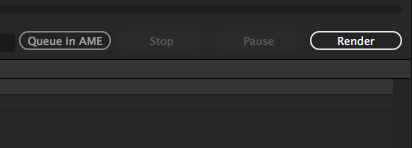Page History
...
Making your credits in Adobe Photoshop CS
In Photoshop - Open up the file called “template.psd” this can be downloaded from here: |
When credits are typed and aligned turn off the reference guides in the “Photoshop Layers Window” by unchecking the “eye” icons of the reference guides.
| Ignore this error | |
Change your view to 100% or 150 % to see a larger image making typing easier. Click on the % entry at the lower left of the photoshop viewer window | |
Click on the “Horizontal Type Tool and select the layer of text to edit/change. | |
NOTE TO KEEP ALIGNMENT!! Alternate back and forth with the layers - Enter text on layer 1 and then enter the corresponding text on layer 2. That helps to keep alignmentClick on Layer 1 in the “Photoshop Layers Window” to activate the “Left Column” of text in the “template.psd” file. Modify the credits as needed by selecting the text and typing over it. Make sure to keep template structure so alignments of text on the corresponding credits don’t get misaligned | |
When credits are typed and aligned turn off the reference guides in the “Photoshop Layers Window” by unchecking the “eye” icons of the reference guides. |
HORZ LAYER RIGHT COLUMN LEFT COLUMN turn off |
If these guide lines are not turned off they will be visible in the final credits. |
| Uncheck the “eye” icons of the reference guides. If these guide lines are not turned off they will be visible in the final credits. | |
Select View Fit On Screen. | |
Now you are ready to crop your image to cut away the unused portion of black at the bottom of your credits. Use the Marquee Tool in the Tool menu to select all of your text by click and dragging making a frame around the credit text. | |
Choose >Image >Crop in the Top Tool Bar. | |
| Save the file. Choose File Save As | |
| Choose to Save on your computer | |
Change format to TIFF Check Layers and Embed Color Profile sRGB |
Title the file and choose an appropriate place to save your image and click Save |
Use these options Image Compression - None Pixel Order - Interleaved Byte Order - Macintosh Layer Compression - RLE |
Click - OK | |
| Click OK here too |
Render Rolling Credits in After Effects from the Photoshop File
Open After Effects and create a new composition by selecting Composition > New Composition Choose UHD 4K 23.976 but match the aspect ratio of the editing project you are working on |
For HD Projects choose 1920 x 1080 square pixels at the correct frame rate | |
Go ton >Compostition>Composition Settings> Look at the background color>make sure it is black | |
For example if the credits are over black then the AE background color should be black as well. | |
Import the photoshop file of the credits to after effects | |
| Navigate to the file you saved in Photoshop | |
| and place the image into after effects Composition Timeline Window | |
> twirl down the arrow next to the composition> twirl down the arrow next to the Transform option to reveal the sub menus including Position. | |
| Put the timeline indicator at the beginning of the composition | |
| Click the stopwatch next to Position to turn on keyframing. | |
To begin the credit roll - The position of the text must placed all the way down out of the composition window. This will start the credits off screen in the beginning then roll upwards displaying the text rolling by. By holding down the SHIFT key and dragging the mouse pointer over the # upwards to increase the numerical amount higher. The text will roll downward in the composition window. Continue to increase the # until the text until it is barely out of screen. | |
To set the last keyframe, click in the composition timeline and then press the END key on the keyboard. This will take you to the end of your comp. | |
Change the numerical value of the right most # of the position indicator in Effect | |
The second keyframe at the end of the timeline should appear after you change the position value. Scroll through the timeline to see if the roll effect is working. | |
If all looks good render the project. | |
The Render Queue opens. | |
The Render Settings menu will pop open. 2. Change Resolution to Full 3. Change Effects to All On 4. Change Field Render 23.98p video leave field rendering off. Click OK | |
Next click on the words Lossless to change the parameters of the Output Module | |
The Output Module Settings menu will pop open. |
Choose DNxHR/DNxHD |
8Bit |
Click OK | |
| Render Settings | |
Back in the Render Queue click on the blue text next to Output To your chosen destination for the file | |
| Choose the HD to save the file | |
|
